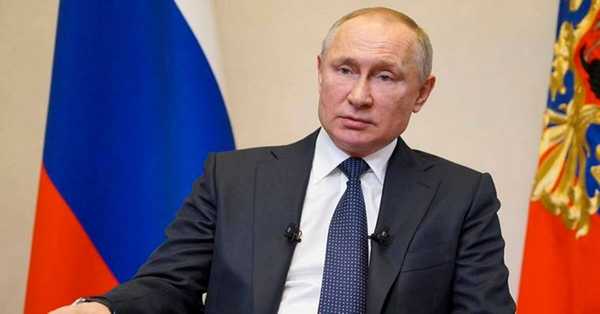Russia’s crude oil and condensate output fell to a nine-year low in 2020 as the nation took part in historic OPEC+ production curbs
The Organization of Petroleum Exporting Countries and its allies implemented unprecedented output cuts from May as global lockdowns to contain the spread of Covid-19 crushed demand. Russia shouldered the biggest burden of cutbacks along with OPEC’s de facto leader, Saudi Arabia.
Over the year as a whole, Russia produced 512.7 million tons of crude and condensate, according to preliminary data from the Energy Ministry’s CDU-TEK unit. That equates to daily output of 10.27 million barrels, based on a 7.33-barrel-per-ton ratio. The decline followed 11 consecutive years of growth.
The OPEC+ coalition returned some halted supply to the market in August, giving Russia a crude-only quota of 8.99 million barrels a day until year-end -- 500,000 barrels a day higher than in May-July. The CDU-TEK data doesn’t break out separate figures for condensate -- which isn’t included in Russia’s quota -- making it difficult to assess the nation’s adherence to the deal.
According to International Energy Agency data, Russia’s compliance with the OPEC+ agreement averaged 95% from May through November. That means the country pumped 22 million barrels in excess of its quota over the period, or 100,000 barrels a day, the IEA said in its monthly market report.
In December, Russia produced 42.46 million tons, according to Bloomberg calculations based on CDU-TEK numbers. If condensate output was the same as in the previous month -- about 956,000 barrels a day -- its daily crude-only supply reached about 9.083 million barrels, some 90,000 barrels above the promised cuts.
This year, OPEC+ will raise daily crude production in monthly increments of as much as 500,000 barrels, reining in a previous plan to boost output by almost 2 million barrels a day starting Jan. 1.
Energy ministers have agreed to gather every month to discuss the size of each increment, allowing the alliance to react to changes in demand amid the pandemic. On Monday, OPEC+ will decide how much supply should be added to the market next month.
“If the situation is normal, stable, we will support the increase,” Russia’s Deputy Prime Minister Alexander Novak said last month, when asked whether Russia wants a further hike of 500,000 barrels a day in February. “We must reach levels that were envisaged earlier, from Jan. 1, gradually, without pulling the market too much.”
